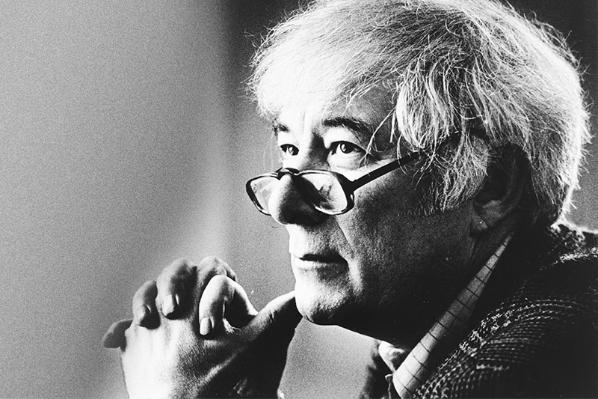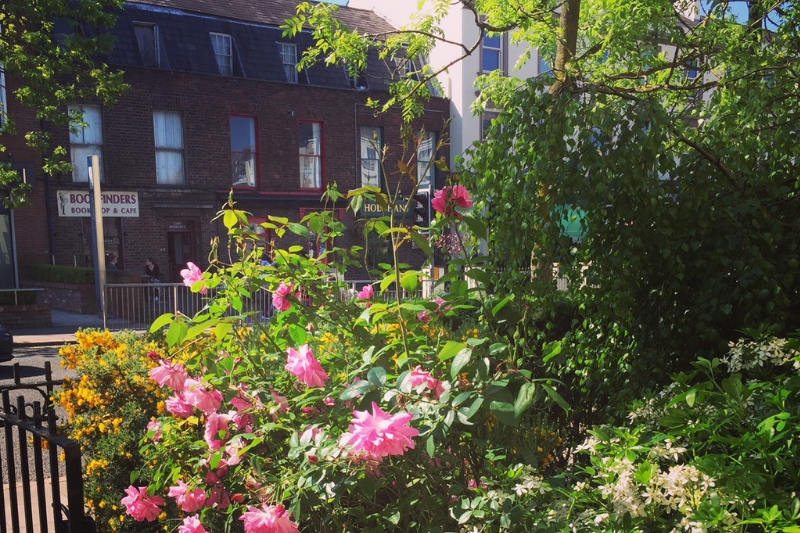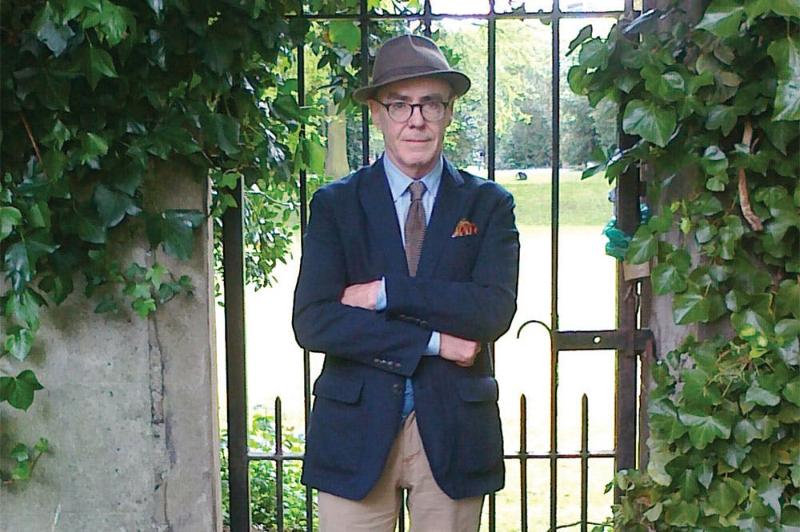About
Since 2003 the Seamus Heaney Centre at Queen's has been home to some of the UK and Ireland's foremost poets, novelists, scriptwriters and critics. Building on a literary heritage at Queen's that stretches back to the 1960s 'Belfast Group', the Centre is dedicated to excellence and innovation in creative writing and criticism.
From our Poetry Summer School to our MA and PhD programmes in Poetry and Creative Writing, our postgraduate courses aim to lead the way in creative writing teaching and practice.
We host readings and performances throughout the year, and regularly showcase new writing through live events, broadcasting and publishing projects. Our students and faculty are at the heart of a busy local literary scene.
Attached to the School of Arts, English and Languages at Queen’s, it is based on University Street, by the University’s iconic Lanyon Building.
Seamus Heaney
Seamus Heaney received the Nobel Prize in Literature in 1995 and his first volume of work Death of a Naturalist (1966) is among his best-known works and is recognised as one of the principal contributors to poetry during his lifetime.
After attending Queen's University studying English Language and Literature, Heaney began to publish poetry. He was part of the Belfast Group, a writing workshop organised by Cambridge poet and critic, Philip Hobsbaum, that met at 4 Fitzwilliam Street near to the University. It was a forum in which young poets discussed their work and craft with their peers, including other poets, critics, novelists and playwrights. Heaney said the group helped "ratified the idea of writing" giving it “an air of seriousness and electricity.”

"I didn't have any sense of election or purpose or ambition. My pseudonym at Queen's, in the magazines where I published, was Incertus — Latin for uncertain —I was just kicking the ball around the penalty area, not trying to shoot at the goal. Then in 1962 the current began to flow…” Seamus Heaney
Studying English Language and Literature at Queen's
School of Arts, English and Languages (AEL)
The Seamus Heaney Centre focuses all aspects of the craft, feeding into the wider reach of English Literature studies at Queen’s.
In the Research Excellence Framework (REF, 2014) English at Queen’s is placed in the top twenty-five percent of work carried out at research-intensive UK universities and is one of the top ten schools in the UK.
Over 150 staff, academic and support staff, professional tutors and teaching assistants contribute to the international culture of English Studies.
From Medieval and Early Modern to Eighteenth Century, Modern, Irish and Language, and the internationally renowned Seamus Heaney Centre, every area of English studies has a vibrant presence.
School of Arts, English and Languages


